The content of the article
One of the first strawberries appears in the spring on domestic shelves. Seedlings attract the attention of gardeners who want to grow large appetizing berries on their own plot. The only drawback is the cost of planting material. The problem is solved, because it is enough to buy seeds in winter, sow them in pots, and by spring they will turn into luxurious plants that will decorate the garden, and will delight you with a delicious harvest.
Selection and preparation of seed
It is better for beginners to try their hand with a small-fruited repairing variety, the cost of which varies from 20 to 60 p. for a bag. The alpine variety is less demanding, quickly adapts to adverse conditions, and can begin to bear fruit immediately after planting in the garden.
Large-fruited strawberry varieties give strong plants, but need more careful care, and some varieties will cost a round sum. Such varieties are recommended for experienced summer residents who have learned to grow ordinary strawberries from seeds.
Test Drive
Regardless of where the planting material was received from: from the store, or from hand, you need to check its suitability. Sort the seeds on a white sheet, discarding specimens with defects, and then bathe in saline. Submerge the strawberries in water, chop, and leave for 7 minutes.
Drain the solution with the pop-up seeds, rinse the residue that has settled on the bottom, and dry it a little.
Stratification
Strawberry planting material is not treated with potassium permanganate or fungicides. To activate germination, and increase the resistance of the workpiece to fungus and bacteria, it is enough to harden the seeds.
- Transparent plastic cake containers are suitable. The main thing is that they close.
- Use a needle to pierce the side holes and cover to allow air to circulate.
- Use rain or melt water, preferably cold or room temperature.
- Put cotton swabs moistened with liquid in the bottom of the container.
- Pour a thin layer of seeds on top. Carefully level so that the grains do not lie on top of each other.
- Cover with a second wet swab.
- The container should stand for 2 days in a warm place so that the strawberries “wake up”.
The next step is to place the container with planting material in the refrigerator as close as possible to the freezer. Hold for 14 days to wake the embryos, and start the growth of strawberries.
Wet tampons regularly so that they do not dry out. Instead of water, you can add a little snow, which will gradually melt, and moisten the seeds.
The hardened billet is immediately planted in separate cups, or a box filled with special soil.
Useful information: You can collect seeds for growing strawberry seedlings yourself. After cutting off the upper layer of the ripened berries, carefully separate the seeds from the pulp, rinse, and put in a bag after drying. You can not use F1 hybrids for these purposes, only full-fledged varieties that give a crop.
Perfect time
Sowing can be done in the fall, from November to December. This option is suitable for people who want to sell seedlings, or to harvest strawberries in May. One drawback is noted: it is necessary to illuminate plants all winter, otherwise they grow poorly or die at all.
An alternative solution is to begin hardening of seeds in January, and to plant in pots in early February. Daylight hours are gradually increasing, and when a full-grown seedling is formed from the sprouts, natural UV light will be enough for it. It is better not to delay until March, otherwise you will have to winter strawberries in pots on the windowsill.
Which soil to use
Domesticated strawberries are not capricious, so summer residents can use a mixture of garden soil with sand to fill the boxes. Some add to the base chernozem taken in the nearest forest, because in such a soil there are a lot of nutrients.
Other options:
- Sod land plus summit peat (approximately the same proportions), diluted with coarse sand (2 liters per 10 liters of mixture). Fill with rotten humus for nutrition seedlings, and a couple of spoons of wood ash, which prevents the appearance of fungus.
- You can take 3 kg of coarse sand, add 1 kg of vermicompost and non-acid peat, and use the resulting base for growing strawberries.
- Coconut fiber with humus or vermicompost is also suitable. The components are combined in equal proportions.
- Vermiculite (8 kg) plus peat with coarse sand (6 kg each).
Important: After combining the components, you need to calcine them in the oven, or disinfect with a double boiler. Some use a microwave. High temperatures will destroy weed seeds and pest eggs hidden in the ground.
After processing, the soil is insisted for 3 weeks so that beneficial bacteria appear in it. Some gardeners, instead of steaming and heating in the oven, pour black soil with boiling water. The fungus is destroyed by water with potassium permanganate or fungicides.
Drawers and pots
Do not do without drainage, which provides oxygen circulation in the earth, and removes excess moisture. Any means at hand will do:
- ground foam;
- nutshell or sunflower shell;
- small pebbles: pebbles, crushed stone or crushed brick;
- broken pottery, which must be crushed into small fragments;
- coarse sand.
For the first time, strawberries are planted in plastic or wooden boxes. The development of a strong root system contributes to picking. The thickness of the drainage layer is approximately 2 cm. There should be holes in the bottom or side for the seedlings to breathe.
Pour soil over sand or shell. Tamp, pour warm water, make small recesses for seeds with a stick. The distance between the holes is 1-2 cm.
Important: Some summer residents use modern benefits in the field of gardening, and plant prepared seeds immediately in peat tablets. In such cases, it is not necessary to dive strawberries. A fortified plant is transferred immediately to the garden.
Harsh conditions
Strawberry seeds are put into holes with tweezers or a wet match. Gently string, and left in the pit. You can plant 1-2 items. Do not sprinkle with earth. Strawberry belongs to the category of photophilous plants.
Snowdrifts
Stratification of planting material is sometimes carried out not at the initial stage, but after the seeds hit the ground. Cover strawberries with 5 cm of snow, cover with foil, and put on the top shelf of the refrigerator. Keep for 14 days, then move to a warm place.
Snow will gradually melt, and moisten the soil. It is necessary to ensure that a lot of condensation does not accumulate on the lid. Put containers on the table daily, and ventilate for 10-15 minutes.
If the seeds went through the stage of stratification before planting in the ground, moisten the soil from the atomizer, cover with a film, and remove the container in a bright place. Do not keep boxes and pots on the window. Sunlight overdries the seeds and they die.
The temperature in the room where the strawberries germinate should be kept within +20, until the first shoots appear. The box must be ventilated daily for at least 10 minutes so that the plant receives oxygen.
Proper watering
- Water should not reach the top of the seedlings. Use pipettes, syringes, or a teaspoon.
- Water no more than 2 times a week. To check the moisture of the soil, you need to put a finger in it. If the inside is too wet, reduce the amount of water.Does the earth seem too dry? You need to moisten it more often.
- Twice a month add fertilizer to the liquid for irrigation. Suitable water-soluble drugs: "Kemira" or "Mortar."
- Pass water through a charcoal filter, or stand for several days so that harmful impurities settle to the bottom. It’s better to warm it up, because the cold slows down the development of strawberry sprouts.
Lighting
The first 10-14 days of seedlings require a lot of light. Suitable indoor lamps or special ones designed for plants. The length of daylight hours for strawberries is 9-12 hours, otherwise it stretches out, becomes thin and weak.
After the boxes with young shoots, you can rearrange the window. Glass is not removed, but one must not forget about ventilation. A matchbox is placed under the lid, and left for several hours.
New house
A pick is recommended after the appearance of a second, or third cotyledon leaf. Carefully dig out the seedlings with a garden spatula, and remove the plant along with clods of earth that have adhered to the root system. You can pick strawberries with your fingers or tweezers.
Transplanted into plastic or peat pots, or in bags of milk. Do not recommend juice boxes, in which seedlings are poorly developed.
Right technology
- Make a few holes in the pots.
- Fill a layer of drainage, for example, small stones, so that the water does not stagnate.
- Tamp a layer of earth, and dig a hole in the center.
- Moisten the soil, put seedlings in the hole
- Carefully straighten the root system with a match or a toothpick.
- Sprinkle strawberries with earth, pour over.
When the plant takes root in the pot, you need to fill it with soil to the very cotyledon leaves. Then the root system grows, and additional branches appear.
Tip: If the roots of neighboring bushes are intertwined, you need to rinse them with water, and carefully untangle with an ordinary fork.
Care after a dive
It is recommended that 10 days after transplanting strawberries into separate pots, fluff the top layer of the earth. After loosening, fertilize the seedlings with a combination of potassium, nitrogen and magnesium to stimulate the laying of flower legs.
Strawberries older than 2 weeks are useful to harden. The temperature on the street should be positive. The window, under which the seedlings stand, is first opened for 10 minutes, then increased to 30. A week before planting on the beds, the strawberries should be on the street for 3-4 hours daily.
In late April, when it gets noticeably warmer, the pots are taken out to the balcony or left in the yard, protecting from the sun. If at night the temperature does not drop below 0, you can leave the strawberries to spend the night in the fresh air.
Useful Tips
- If mold of white or green color appears on the surface of the soil, it must be removed using a match. Ventilate seedling containers thoroughly. To process the earth with fungicides, for example, to buy "Maxim".
- Some seeds do not fall deep enough into the ground, so the root system remains on the surface of the soil. So that the plant does not die, you need to carefully sprinkle the sprout with black soil.
- You can soak the seeds in the Epina solution so that they hatch faster.
- Seedlings are transferred to the garden in May. Planting it on the ground is better on a cloudy day.
Growing strawberries from seeds is a great option for gardeners who want to try new and exotic varieties, save on planting stock, and gain invaluable experience.
Video: how to plant strawberries with seeds

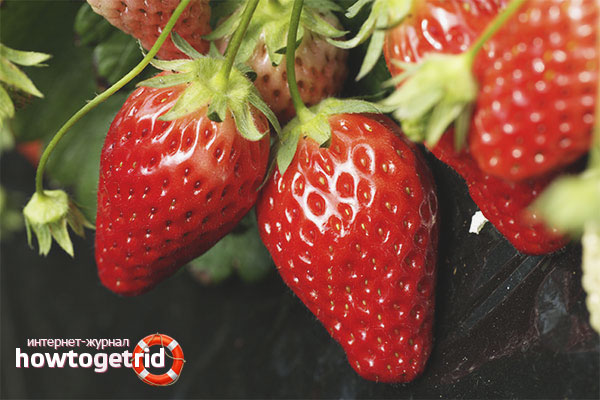
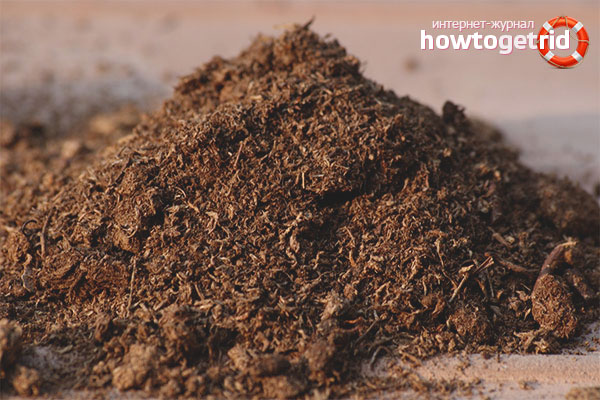
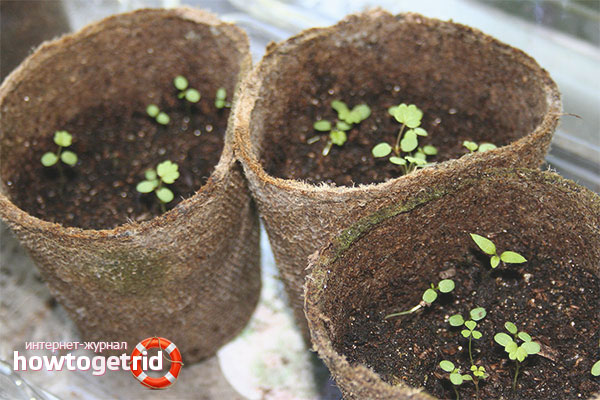


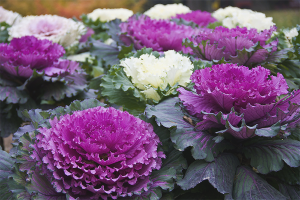
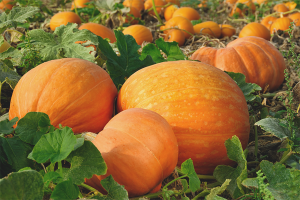
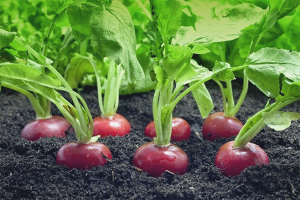

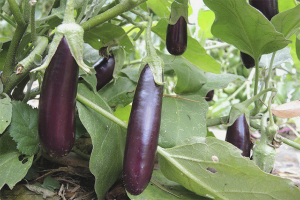
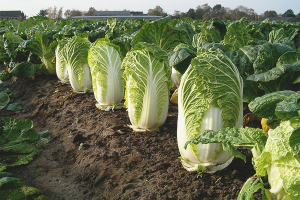
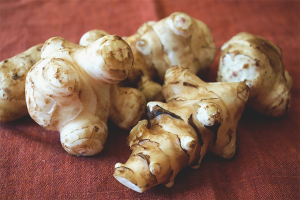
Submit